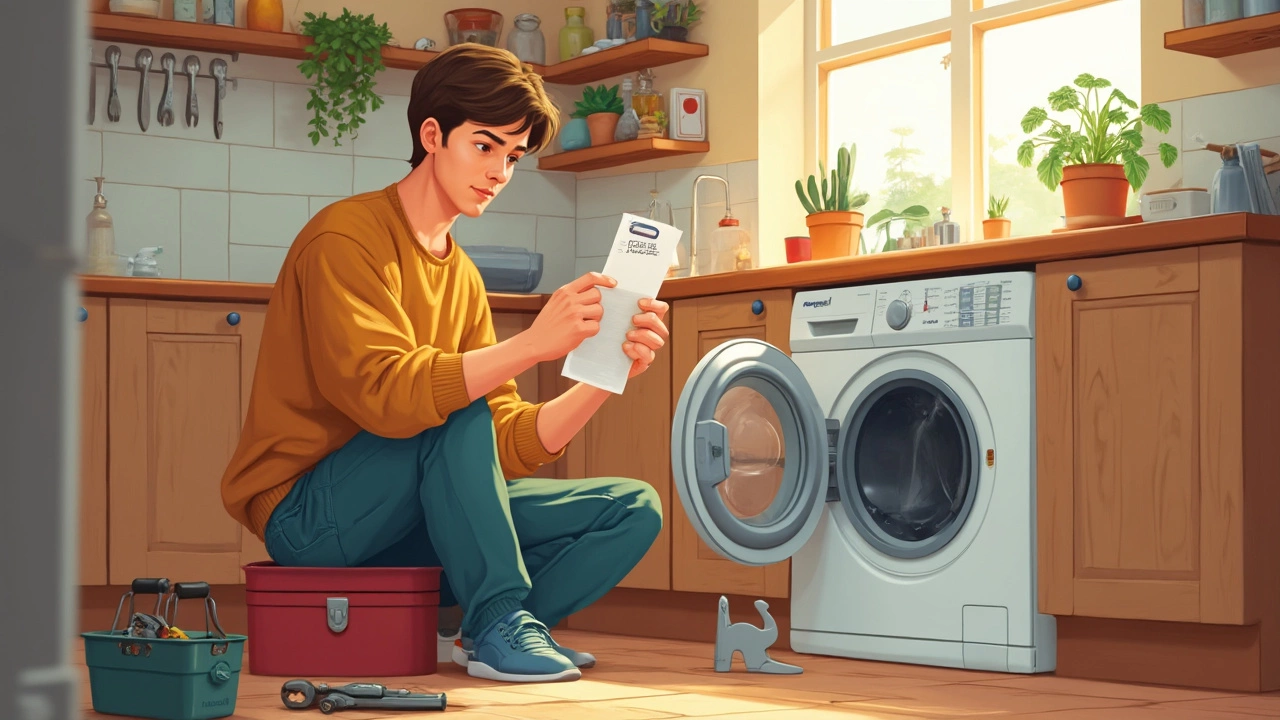Home Appliance Repair: Quick Tips to Keep Your Gadgets Running
Got a dishwasher that won’t start or a dryer that stops heating midway? You’re not alone. Most of us rely on a handful of appliances every day, and when one quits, the inconvenience can feel huge. The good news? A lot of problems have simple fixes you can try before you pick up the phone. Below are the most common hiccups, easy DIY steps, and clear signs it’s time to bring in a pro.
Common Issues and Easy Fixes
Washer won’t spin. First, check the lid switch – if the lid sensor is stuck, the machine thinks the door is open and won’t spin. A quick clean of the switch with a soft brush often does the trick. If the lid switch looks fine, look at the belt. A broken or slipped belt can stop the drum from turning. Pull the back panel, locate the rubber belt, and see if it’s intact. Re‑tightening or replacing a cheap belt usually restores motion.
Oven not heating. Most ovens have two culprits: a faulty heating element or a bad thermostat. When you turn the oven on, listen for a faint “click” – that’s the igniter in gas ovens or the element in electric models. If you don’t hear anything, the element may have burned out. Unplug the oven, remove the element screws, and replace it with a matching part. For electric ovens, a quick visual check for black spots on the element is often enough to confirm it’s dead.
Dishwasher leaks. The most common leak spots are the door gasket and the spray arm. Run a finger along the rubber seal; any tears or food buildup will cause water to escape. Clean the gasket with warm, soapy water and a soft cloth. If the spray arm is clogged, remove it (most twist off) and rinse under running water, using a toothpick to clear any spray holes.
Dryer takes forever to dry. A clogged lint filter is the obvious suspect, but the vent hose can also be blocked. Detach the vent pipe from the back of the dryer and use a vacuum or a long brush to clear dust and lint. A free‑flowing vent improves heat circulation and cuts drying time dramatically.
When to Call a Professional
If you’ve tried the basics and the appliance still misbehaves, it’s time to get help. Electrical faults, gas leaks, or sealed‑system problems (like a fridge compressor) aren’t safe DIY projects. Also, if you notice strange noises, burning smells, or water pooling where it shouldn’t, stop the appliance and call a qualified technician. Our South Shields team is trained, insured, and equipped with the right parts to fix everything from boilers to hobs without breaking the bank.
Another tell‑tale sign is the age of the appliance. If it’s over ten years old and the repair cost is nearing half the price of a new unit, weigh the long‑term savings of replacement. Our experts can give you an honest cost comparison so you can decide what’s best for your wallet.
Finally, regular maintenance can stop many issues before they start. Schedule a quick service check for your fridge coils, clean your washing‑machine filter monthly, and run a hot water cycle in your dishwasher once a month. These habits add up to fewer breakdowns and longer life for your appliances.
Whether you’re a DIY enthusiast or just need a reliable hand, the key is to act early. Small problems grow fast, and the sooner you address them, the cheaper the fix. Keep this guide handy, and you’ll feel more confident tackling everyday appliance glitches around the home.
